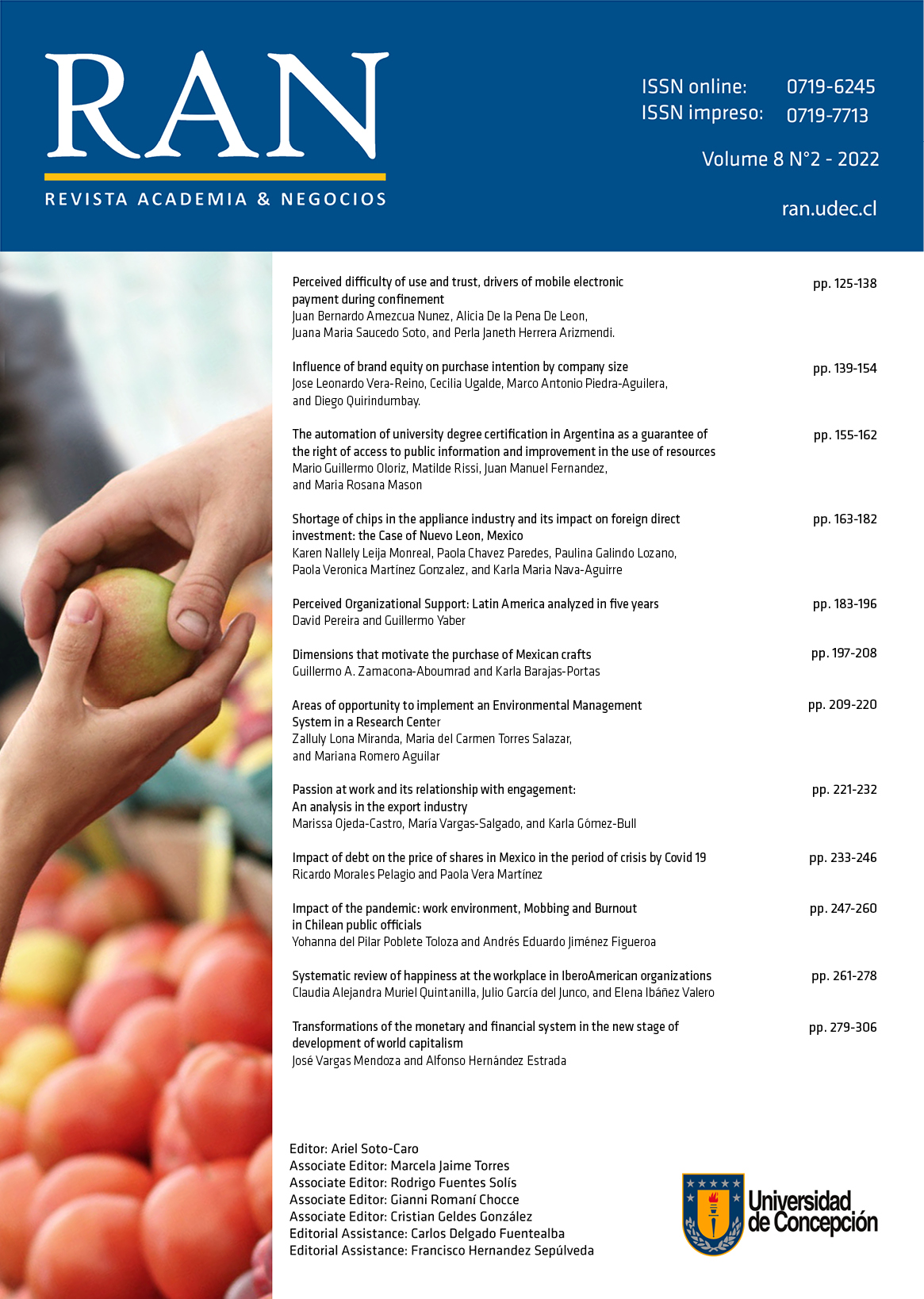La automatización de la certificación de títulos universitarios en Argentina como garantía del derecho al acceso a la información pública y la mejora en el uso de recursos
DOI:
https://doi.org/10.29393/RAN8-12ACMM40012Palavras-chave:
Mejora, Procesos, Registro Público, SIDCerResumo
Propósito: Analizar el impacto de la automatización del proceso mediante el cual se gestiona la certificación ministerial de los títulos y certificados analíticos que expiden las Instituciones Universitarias en la República Argentina, para acreditar la validez nacional y reconocimiento oficial de los mismos.
Metodología: Se realiza una aproximación y comparación de los tiempos y recursos económicos asociados a ambos procesos. De igual forma, se evalúan los beneficios respecto al acceso a la información.
Resultados: Se verificaron importantes beneficios tanto para la sociedad como para las instituciones Universitarias, principalmente por la transparencia y visibilidad que se brinda a quienes solicitaron la expedición de su diploma.
Implicaciones: Los resultados contribuirán en la fundamentación de proyectos cuyo objetivo sea la automatización de procesos administrativos, especialmente en ámbitos estatales.
Limitaciones: Dada la magnitud del estudio y diversidad de instituciones, no pudieron considerarse ni los tiempos ni los costos internos de cada universidad.
Originalidad: La interrelación entre los beneficios que produce la automatización de procesos y la mejora respecto de garantizar el derecho al acceso a la información pública es un abordaje que resulta complementario.
Downloads
Publicado
Como Citar
Edição
Seção
Copyright (c) 2022 Mario Guillermo Oloriz, Matilde Rissi, Juan Manuel Fernández, María Rosana Masón

Este trabalho está licensiado sob uma licença Creative Commons Attribution 4.0 International License.



















